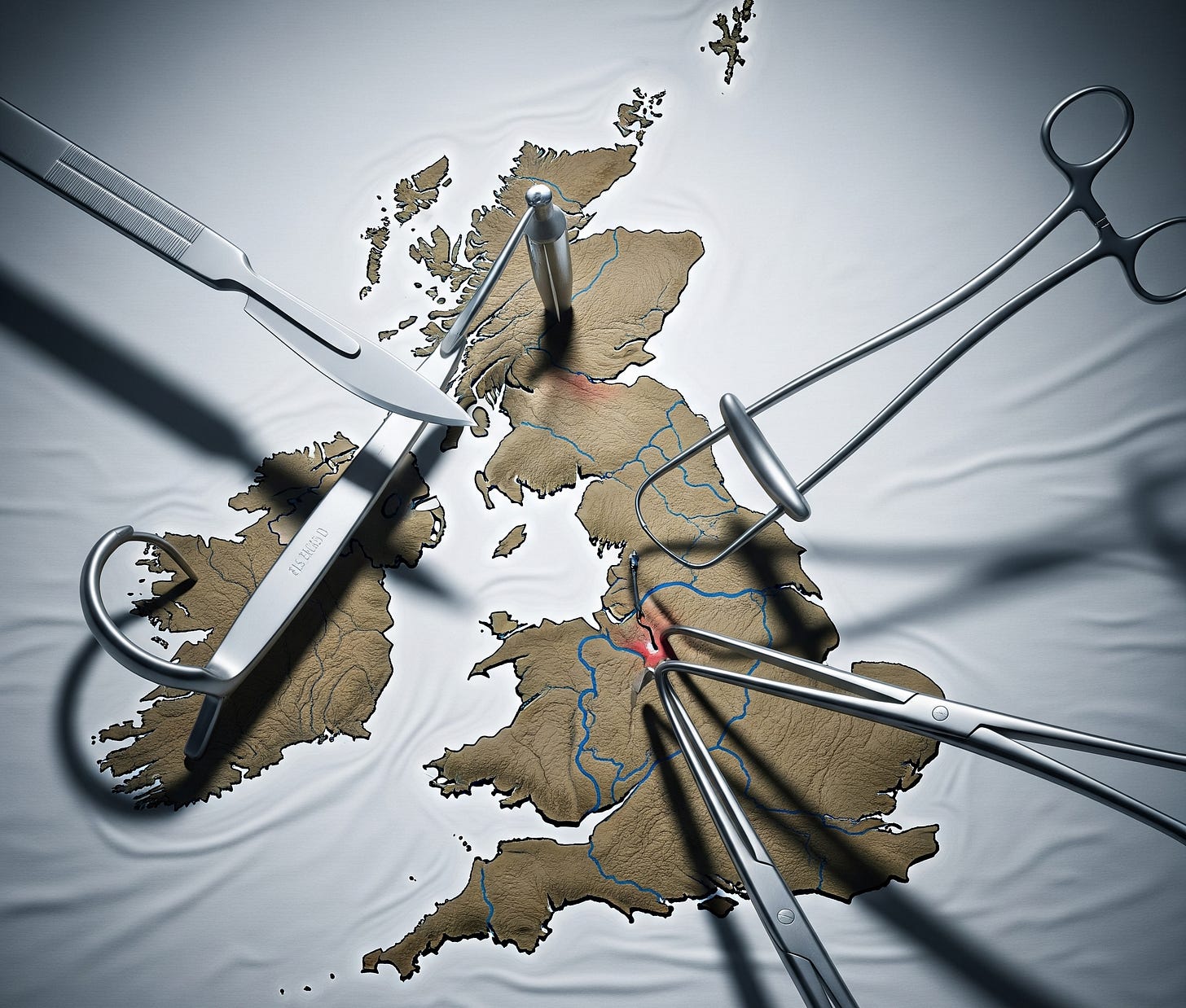#UK. A Peek Behind the Curtain: Where Does Your Tax Money Go?
The Fiscal Juggling Act: A Glimpse into the UK's Spending Circus.
Have you ever seriously wondered where does my tax money go? You might imagine a neat, efficient system, but the reality of UK government spending is more like a three-ring circus where the clowns are in charge of the budget. It's a mix of a spending plan and a magic show—now you see it, now you don't. This blog will provide a clear UK tax money breakdown and an honest look at UK public spending.
First, let's talk about the government's favourite hobby: debt. The UK national debt is a truly staggering figure, with around £20 billion in new debt being added every month. This isn't just for building new things; it’s to keep the entire operation running. Think of it as a shopping habit—we buy now and pay... well, eventually. Our kids, and their kids, will probably be the ones paying for that new set of digital government pens.
Next, there's the biggest item on the monthly bill: social security UK. The government pays out a massive £27 billion each month to support our fellow citizens. That's right, we borrow £20 billion just to keep the country from descending into utter chaos, and then we pay out £27 billion just to ensure everyone stays afloat. It's the fiscal equivalent of bailing out a sinking ship with a teaspoon while also drilling new holes. This is the core of government finances UK.
Finally, we come to the smaller, but endlessly debated, cost of migration support. This is where the UK government budget gets truly magical. The bill for housing asylum seekers runs into the hundreds of millions each month. The total amount spent on asylum support by the Home Office in the 2023-24 financial year was £4.7 billion. This is a significant amount that, as we're told, could be used for other vital services in the UK.
So, what could £4.7 billion do if it were invested differently? Instead of being a fiscal footnote, this money could be used to shore up and expand critical social welfare services with a direct impact on people's lives. Let's imagine a world where the money goes directly toward tangible, life-improving projects.
Investing £4.7 Billion in Social Welfare: A Fiscal Fairy Tale.
Imagine the impact of a £4.7 billion investment in some of the UK's most strained sectors. It's less of a reality and more of a "what if" scenario we can dream about. This is a crucial part of the UK tax money breakdown.
Social Care.
The adult social care system is facing a major funding gap. While local authorities in England spent around £32 billion in 2023/24, a £4.7 billion boost could make a massive difference. It would not only cover the estimated £1 billion funding gap needed to simply "stand still" but also provide a significant uplift for care homes and home care services. This could help address the 400,000 people waiting for assessment or care and improve pay for care workers. Imagine a world where a care worker could afford a cup of coffee without feeling a twinge of guilt.
Education and Child Welfare.
The UK's school estate has a major maintenance backlog, estimated at £13.8 billion. A £4.7 billion investment could fund over a third of this backlog. That’s right, we could fix leaky roofs and crumbling walls in schools, ensuring our children are at least learning in a building that isn’t a health and safety hazard.
The money could also be used to fund the expansion of free school meals for almost five years, providing free, nutritious meals to an estimated 1.7 million more children. This would ensure our future generation can learn with full bellies, instead of learning how to ignore the sound of their stomachs rumbling.
Healthcare.
While building new hospitals is costly, £4.7 billion could be directed toward critical backlog maintenance within the NHS. The NHS has a maintenance backlog that runs into billions of pounds. This money could be used to fix and upgrade existing hospitals. It would ensure that when you finally get an appointment, you don't have to dodge buckets collecting water from the ceiling. It could also be used for modernising essential equipment, such as those elusive MRI scanners, making a diagnosis of "general misery" a thing of the past.
Benefits and Support.
The government has recently provided one-off cost-of-living payments to people on means-tested benefits. A £4.7 billion investment could fund a substantial portion of a similar support package to help vulnerable households with food, energy, and other essential costs. This would be a one-time relief, of course, because continuous support would imply a long-term plan, and we can’t have that.
This look into the government finances UK shows just how complex and interconnected our spending is. It's clear that tough choices are made every day about where to allocate money, and each choice has a direct, and often tragicomic, impact on the lives of people across the country. And no matter who's in charge, it seems the script pretty much stays the same.


